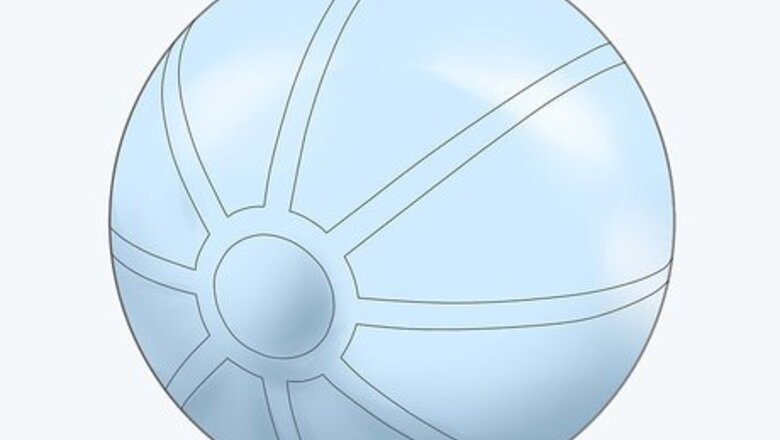
views
X
Research source
Bouncing or moving your hips in a circular motion on a birthing ball could encourage your baby to drop. Exercise, like walking, squats, and pelvic tilts, may also induce your baby to drop. Make sure to discuss these exercises with your doctor or midwife first.
Using a Birthing Ball
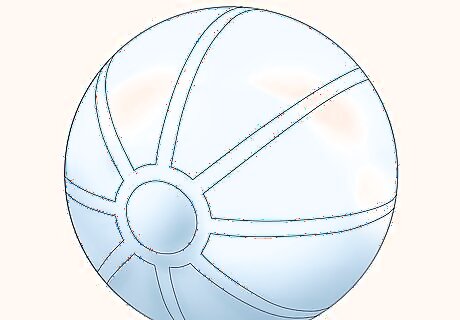
Choose a birthing ball for your height. When you sit on the ball, place your feet flat on the floor. Your knees should be slightly lower than your hips when you sit. If you are 5 ft. 8 in. (1.73 meters) or shorter, purchase a 65 centimetres (2.13 ft) ball. If you are 5 ft. 9 in. (1.75 meters) or taller, purchase a 75 centimetres (2.46 ft) ball. Make sure the ball can withstand 300 kilograms (660 lb) of pressure.
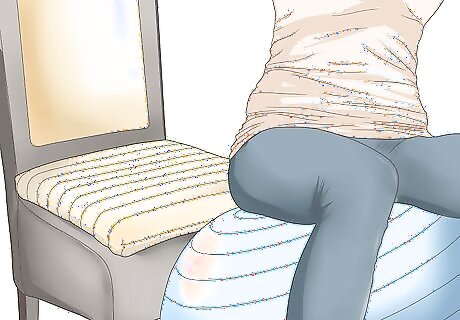
Bounce on a birthing ball. Sit on a birthing ball with your feet shoulder-width apart. Relax your arms at your side. Make sure your back is straight, and your hips are higher than your knees. Slightly bounce on the ball at a comfortable pace for 10 minutes. Rest for 1 to 2 minutes, and then bounce for another 10 minutes. An exercise ball can also work if you do not have a birthing ball. Do this while watching TV or listening to music.
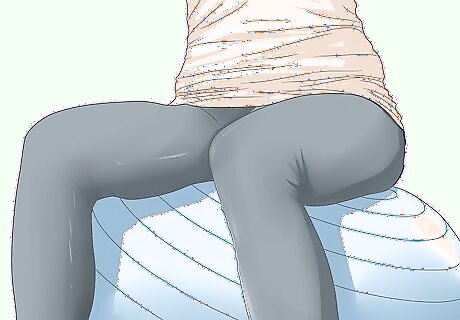
Move your hips in figure-8s or circles while sitting on the ball. Sit on your birthing ball with your feet hip-width apart. Place your hands on your hips. Start by moving your hips in a smooth, slow, circular motion or figure-8s. Do this for 20 minutes. After 20 minutes, switch directions. Pretend as if you are hula-hooping, but without the hula-hoop. Make sure your hips are higher than your knees.
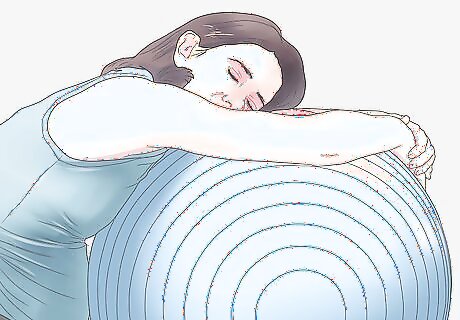
Lean forward over the birthing ball. Place your birthing ball in front of you and kneel in front of it. Spread your knees shoulder-width apart. Lean forward over the birthing ball, resting your head and chest on the ball. Also, drape your arms around the ball. Use your upper body to roll the ball around in smooth, slow circles. Roll your upper body to the right or the left, whichever is more comfortable. Do this for 10 minutes. Place a towel under your knees for cushion and comfort.
Exercising to Help Induce Dropping
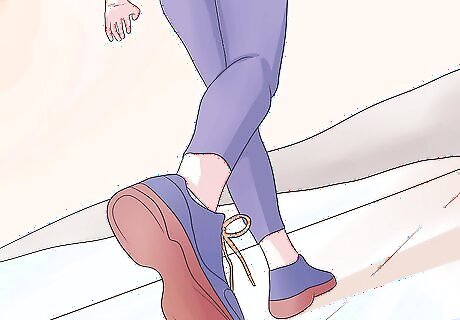
Walk for 10 to 30 minutes per day. Moderate exercise is highly recommended during pregnancy, and although it hasn’t been scientifically proven, some believe it can help induce labor. Start by walking 10 minutes daily if you haven’t exercised throughout your pregnancy. If you have been exercising consistently, walk for 20 to 30 minutes. Walk at a comfortable pace around your neighborhood, in the park, or on the beach. Walking opens the hips and relaxes the pelvis, which may induce your baby to drop.
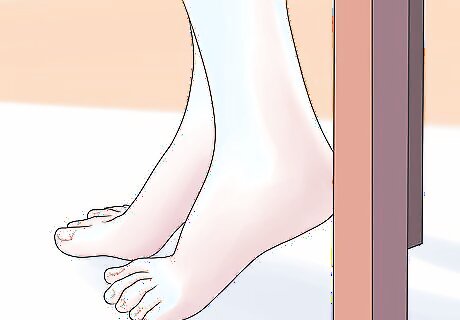
Squat 5 to 10 times. Stand with your feet shoulder-width apart. Stretch your arms out in front of you for balance. While keeping your back straight, gently squat to a comfortable level. Do 5 to 10 squats. If you haven’t been exercising consistently, start with 5 squats. Use a wall or a chair for balance if you need to. If you have a birthing ball, squat on your birthing ball for additional support.
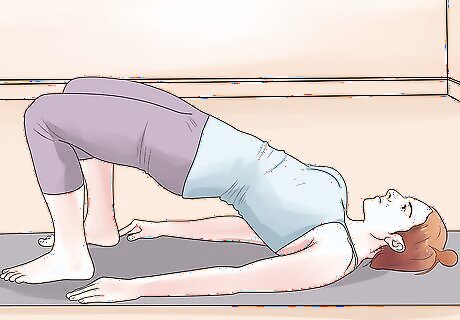
Lift your pelvis. Lie on your back on top of a mat. Bend your knees and place your feet flat on the floor in a comfortable position. Place your arms by your sides with your palms flat on the floor for leverage. Lift your pelvis up off of the floor and bring it back down. Do this 5 to 10 times, rest, and then do another 5 to 10 pelvic lifts. If you haven’t exercised consistently throughout your pregnancy, start with 5 pelvic lifts.
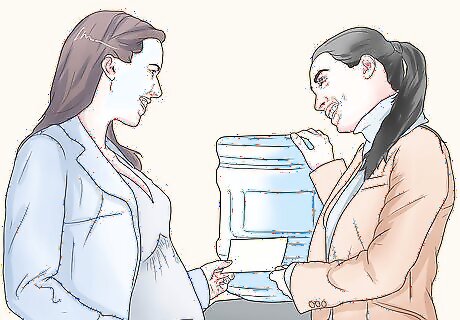
Move around while at work. If your job requires you to sit for long periods of time, ask your boss for permission to take 10-minute breaks every hour or so. If given the okay, walk around the office or building for 10 minutes to help your baby drop. If 10 minutes every hour gets in the way of your work responsibilities, stand up every so often by your desk instead.
Maintaining a Proper Sitting Position
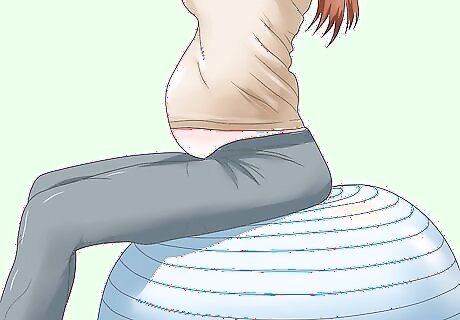
Sit with your back straight and your knees apart. Sitting with your back straight will tilt your pelvis forward. If you are at home, bend forward until your belly hangs down. Maintain this position for 5 to 10 minutes. This will focus the baby’s weight on your pelvis, which may induce it to drop. Practice this position 5 to 7 times a week to induce your baby to drop.
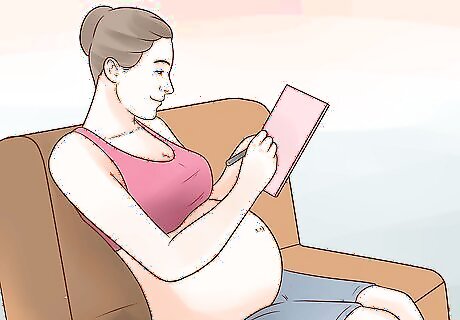
Make sure your hips are higher than your knees while sitting. If your knees are higher than your hips, your pelvis will tilt backward. If your chair at work or home is causing your knees to rise higher than your hips, sit on a cushion to lift up your hips.
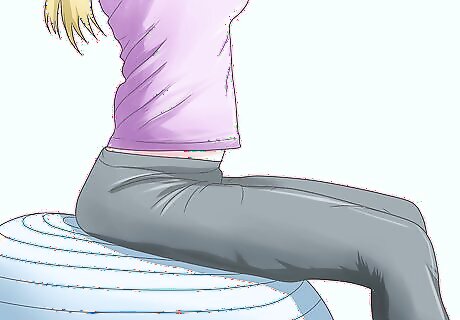
Avoid reclining on couches and chairs. Reclining on couches and chairs can also cause your pelvis to tilt backward. Instead, sit on a birthing or fitness ball with your feet apart and your back straight. This will open up your pelvis. Ask your manager or boss at work if you can bring your birthing ball to sit on while you work at your desk.
Recognizing Signs That Your Baby Has Dropped
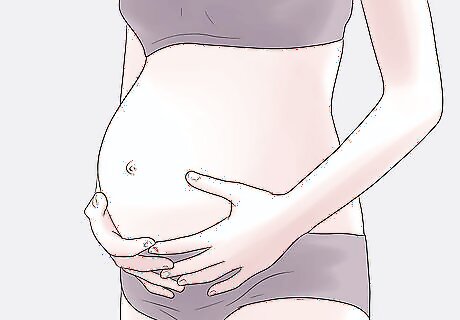
Observe a lower belly. Look at your belly in the mirror. If it looks lower than usual, your baby has likely dropped. Additionally, an increased distance between your belly and breasts is a sign that your belly has shifted to a lower position. If you cannot tell, ask your partner or a family member if your belly looks lower.

Feel a release of pressure from your stomach and lungs. Once your baby drops, there will be less pressure on your lungs and stomach. If you notice that it is easier to breathe and to take deep breaths, then your baby has likely dropped. Additionally, if you can eat more food during meals, or your heartburn symptoms have reduced, your baby may have dropped.
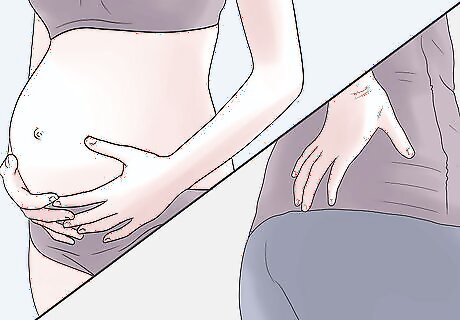
Notice increased pressure on your pelvis. Once your baby shifts into your pelvis, you will feel more pressure in this area. Because of the increased pressure, you may find it hard to stand for extended periods of time or to walk at a normal pace and stride. You may also need to urinate more frequently because of the increased pressure on your bladder.
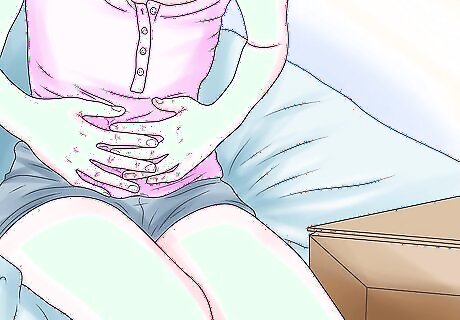
Close your legs. Sit in a chair and try closing your legs. If you cannot close your legs, this is another sign that your baby has dropped into your pelvis.
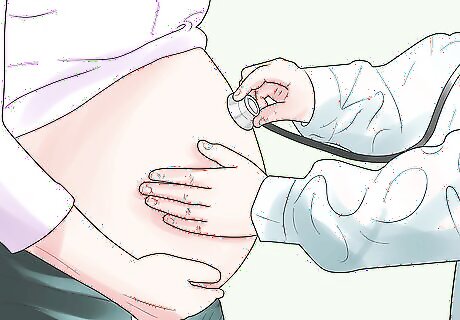
Visit your doctor or midwife to assess your progress. Your doctor or midwife will be able to measure your progress more precisely. Talk to them about the different strategies you are using to induce your baby to drop. If your progress is coming along, great. If not, they may recommend other strategies for you to use to induce your baby to drop. Once your baby has dropped, contact your doctor or midwife immediately, especially if you have contraction pains.



















Comments
0 comment